Species Profile: The Chinese White Dolphin
The Chinese White Dolphin is a rare variety of dolphin with a distinct body coloration.
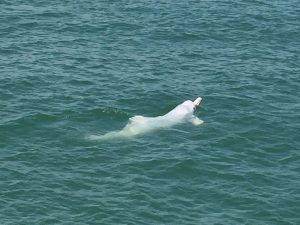
The Chinese white dolphin is a rare dolphin variety of the Indo-Pacific humpbacked species. It inhabits portions of Southeast Asia and Australian waters.
Though they are called ‘white,’ they are really not white in color. Its skin appears pink because of blood vessels just under the skin which were overdeveloped for thermoregulation.
This pink color is most noticeable among the population along the Chinese coast.
They have a long beak, conical teeth, a triangular-shaped dorsal fin with a humped back, and streamlined body shape.
This is a very sociable creature and they commonly spend their time in groups of about 4 individuals. Unfortunately, this dolphin is under pressure from habitat loss and pollution among other things. There are even fears that this marine mammal may disappear completely soon.
1) Scientific Name
Sousa Chinensis
2) Scientific Classification:
- Kingdom: Animalia
- Phylum: Chordata
- Class: Mammalia
- Order: Artiodactyla
- Family: Catacea
- Genus: Sousa
3) Life Expectancy
The Chinese white dolphin can live for between 30 to 40 years. Like other dolphins, scientists determine their age by examining their teeth.
4) Average/Maximum Length
Adults grow as long as from 2 to 3.5 meters (6.7 to 11.6 feet).
5) Average/Maximum Weight
Between 150 to 230 kg (330 to 510 lbs.)
6) Maximum Swimming Speed
Dolphins generally swim surprisingly fast. They can reach speeds of between 18 to 22 mph (29 to 35 km/h). Their body shape allows for very energy efficient swimming.
7) Interaction With/ Danger To Humans
This dolphin does not typically attack people and there are no documented cases of human fatalities associated with it. Rather, human activities are gradually forcing it out of existence. The populations around Hong Kong and China in particular have lost a large percentage of their numbers due to the following problems:
- Habitat loss from land reclamation and coastal development
- Water pollution (oil, chemicals, trash)
- Underwater noise pollution
- Vessel collision
- Over-fishing (for their meat)
- Bycatch by commercial fisheries
There are fears that the Chinese white dolphin could disappear completely soon if there are no serious and concerted efforts to save it.
8) Reproduction Details
The female Chinese white dolphin matures sexually at 10 years old, while the males does the same at 13 years old. Mating season starts from the end of summer to autumn every year. Thereafter, females conceive and give birth to live young 11 months later.
Newborn calves are nursed on their mother’s milk and they measure 1 meter (3.3 feet) at birth. They are black at birth and turn grey/pink as they get older.
9) Diet/Hunting Pattern Of The Chinese White Dolphin
As long as it’s getting loads of fish this dolphin is happy! They eat at least 20 different species of fish like croaker, anchovies, etc.
Also, they are known for swimming alongside fishing vessels to catch any fish that drop off.
10) Alternative Names
- Indo-Pacific humpback dolphin
- Pink dolphin
11) Population And Conservation Status
As mentioned earlier, the Chinese white dolphin is seriously threatened by habitat loss and different kinds of pollution. The population closest to Hong Kong in particular has fallen from an estimated 158 (2003) to just 78 (2011). The Hong Kong Dolphin Conservation Society has stated that there may be further declines in the near future.
Though dolphin watching is a popular tourist attraction in Hong Kong that industry will certainly die off if the main characters are no more.
A particular case in point happened in 2012 when a tour guide recorded a pod of dolphins trying to revive a dead calf. According to Hong Kong Dolphinwatch spokeswoman, Janet Walker, the belief is that it must have died from toxins in its mother’s milk. Certainly, these toxins were accumulated from the contaminated sea water the dolphins live in.
There were at least three cases of dolphin calves dying from contaminated milk in April alone.
For now, there are less than 3,000 individuals of this variety alive.
The Chinese White Dolphin is listed as Near Threatened in the IUCN Red List.
12) Ancestry And History
Some biologists consider the Chinese white dolphin to be a separate subspecies from the Plumbea-type Indo-Pacific humbacked dolphin common from east Africa to India. However, DNA testing indicates that the variety from Southeast Asia are more closely related to the Plumbea-type dolphins than they are to the variety from Australia.
13) Distribution And Habitat
Chinese white dolphins dwell in the coastal and inshore waters of the Indian and western Pacific oceans. You can find them in four major populations in mainland China, including the Pearl River Estuary (PRE), Xiamen, Beibu Bay and Leizhou. The largest concentration live in the coastal areas of Pearl River Estuary, including the waters of Hong Kong and Macau.
Other resident populations of the Chinese white dolphin live all year-round in the western waters of Hong Kong, especially in north Lantau waters. That’s near Castle Peak, Sha Chau and Lung Kwu Chau Marine Park, Chek Lap Kok and Tai O. Also, pods of them can be found south of Lantau: near Fan Lau and the Soko Islands.
Sha Chau and Lung Kwu Chau are designated as a marine park to provide protection to this dolphin.
During mating season, you can spot them in parts of Australia and South Africa.

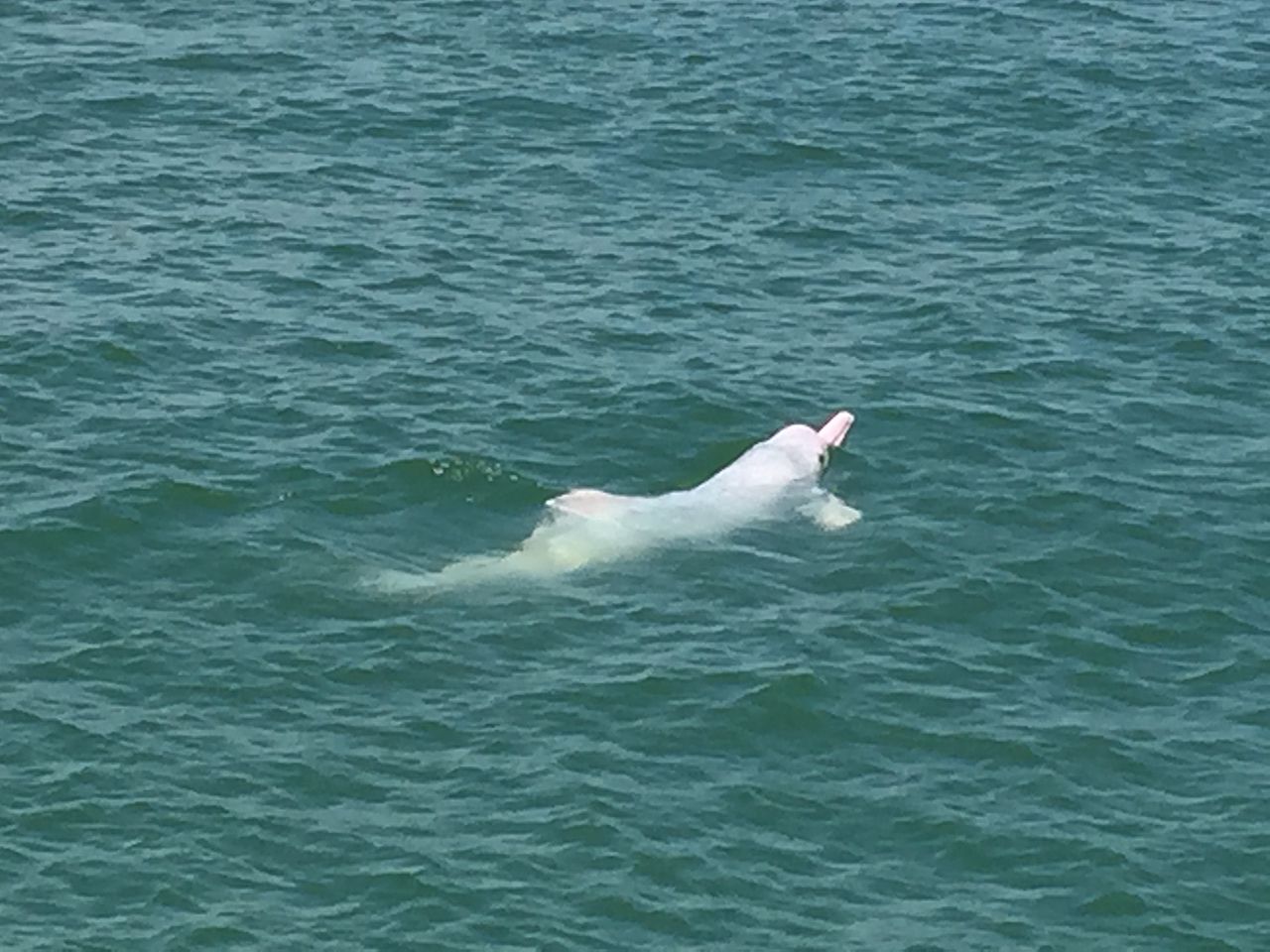
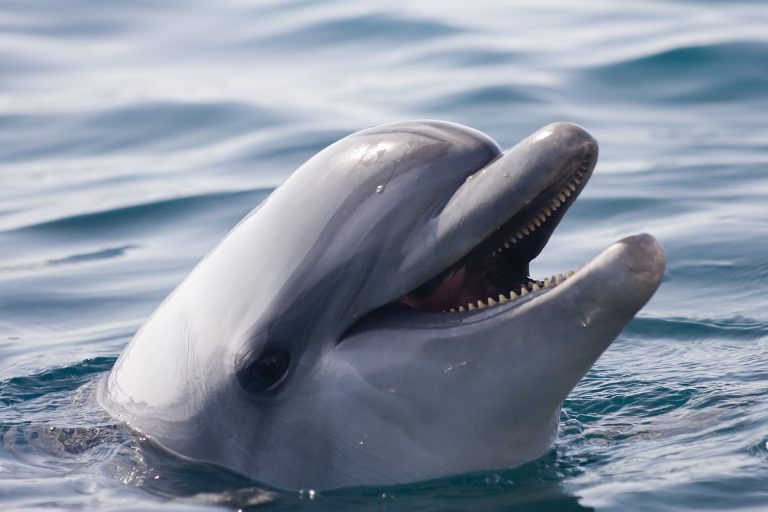
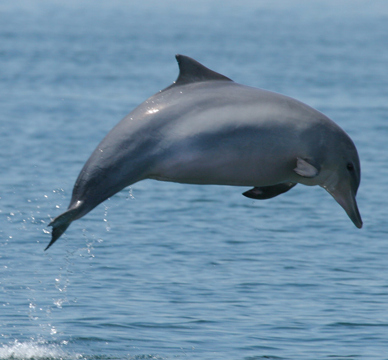
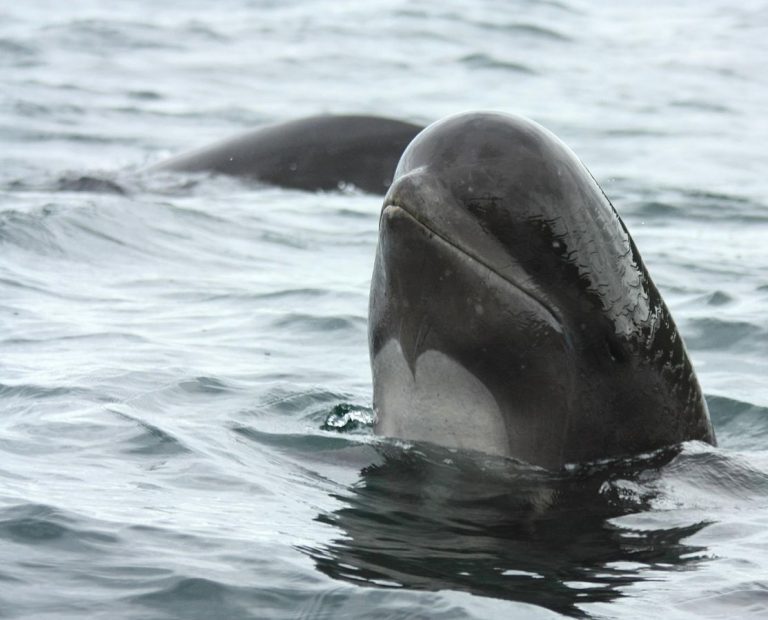
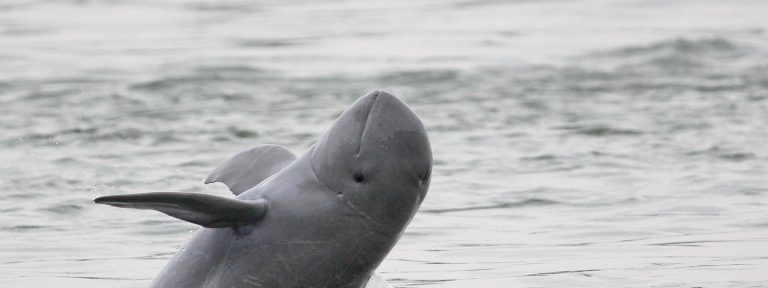

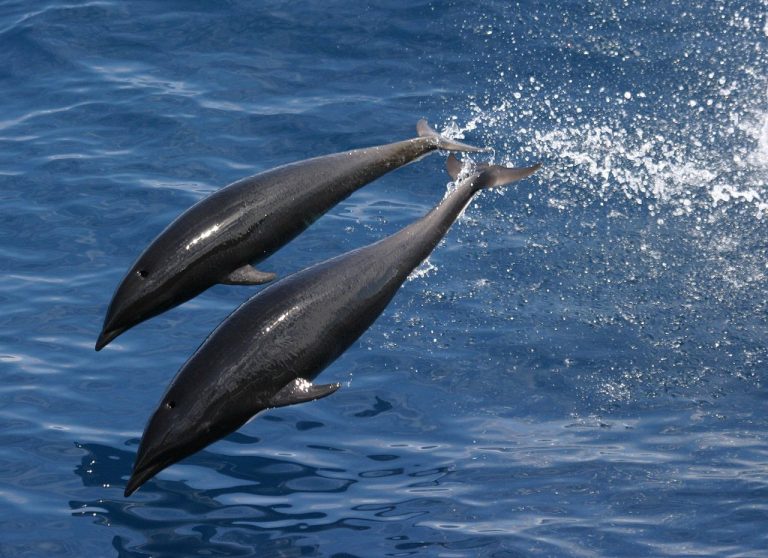
Oh my gosh I never knew of there being a pink dolphin I hope they can be saved and more will be born how sad they are dying out!
Whenever an animal disappears completely, we suffer a biodiversity loss. I hope this won’t happen to the Chinese White Dolphins.
Cool, a pink dolphin!
That is very sad. We need to preserve them.